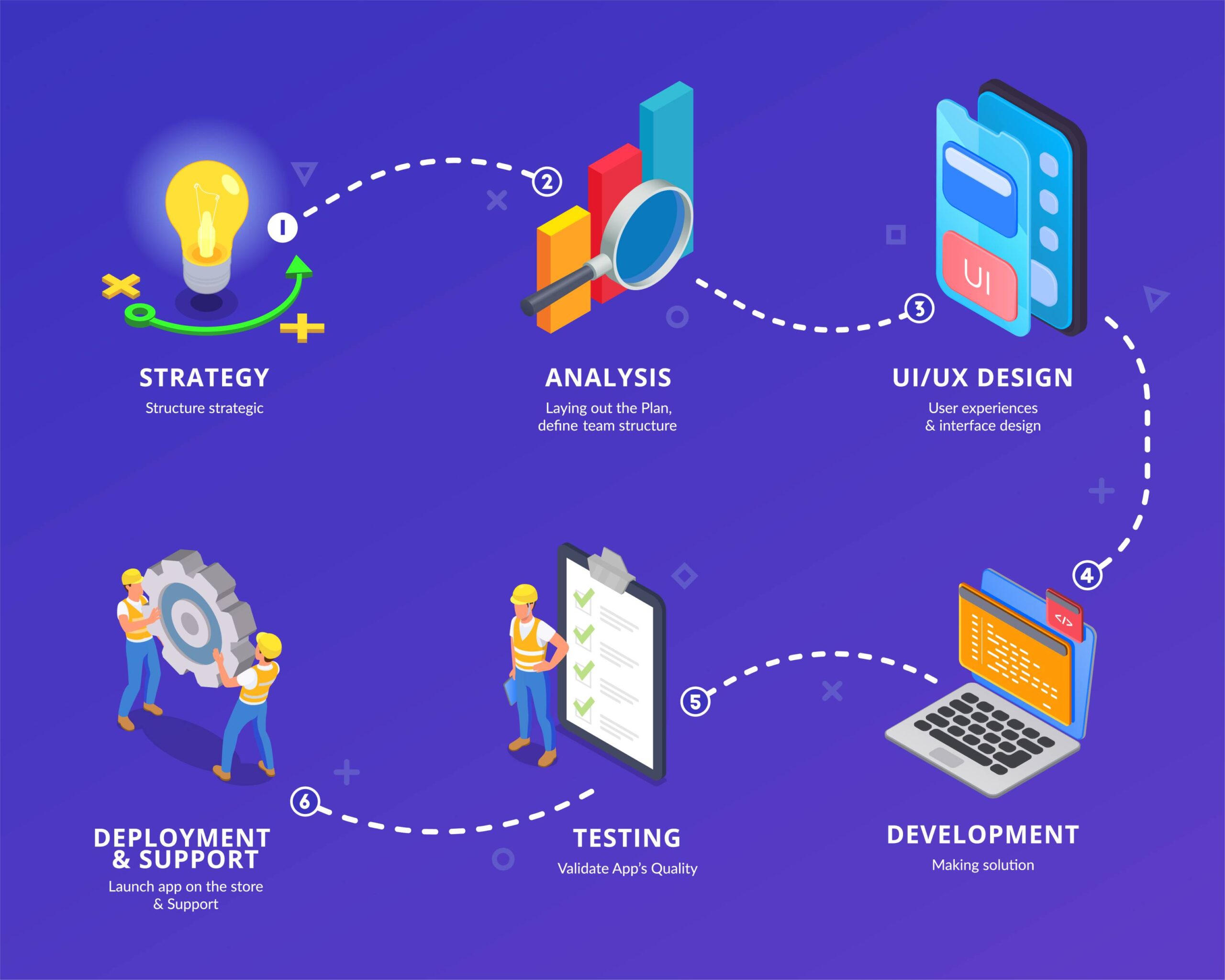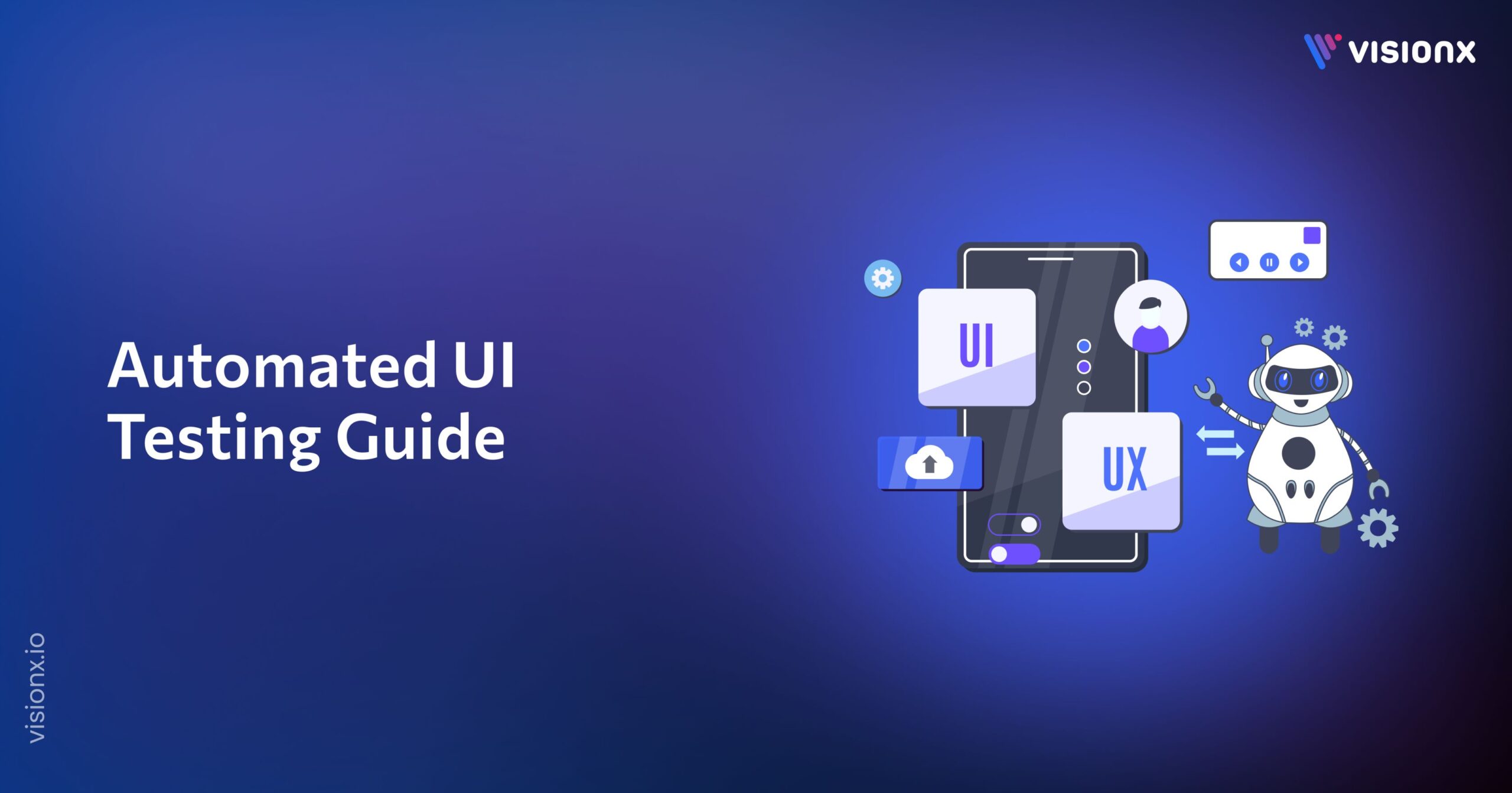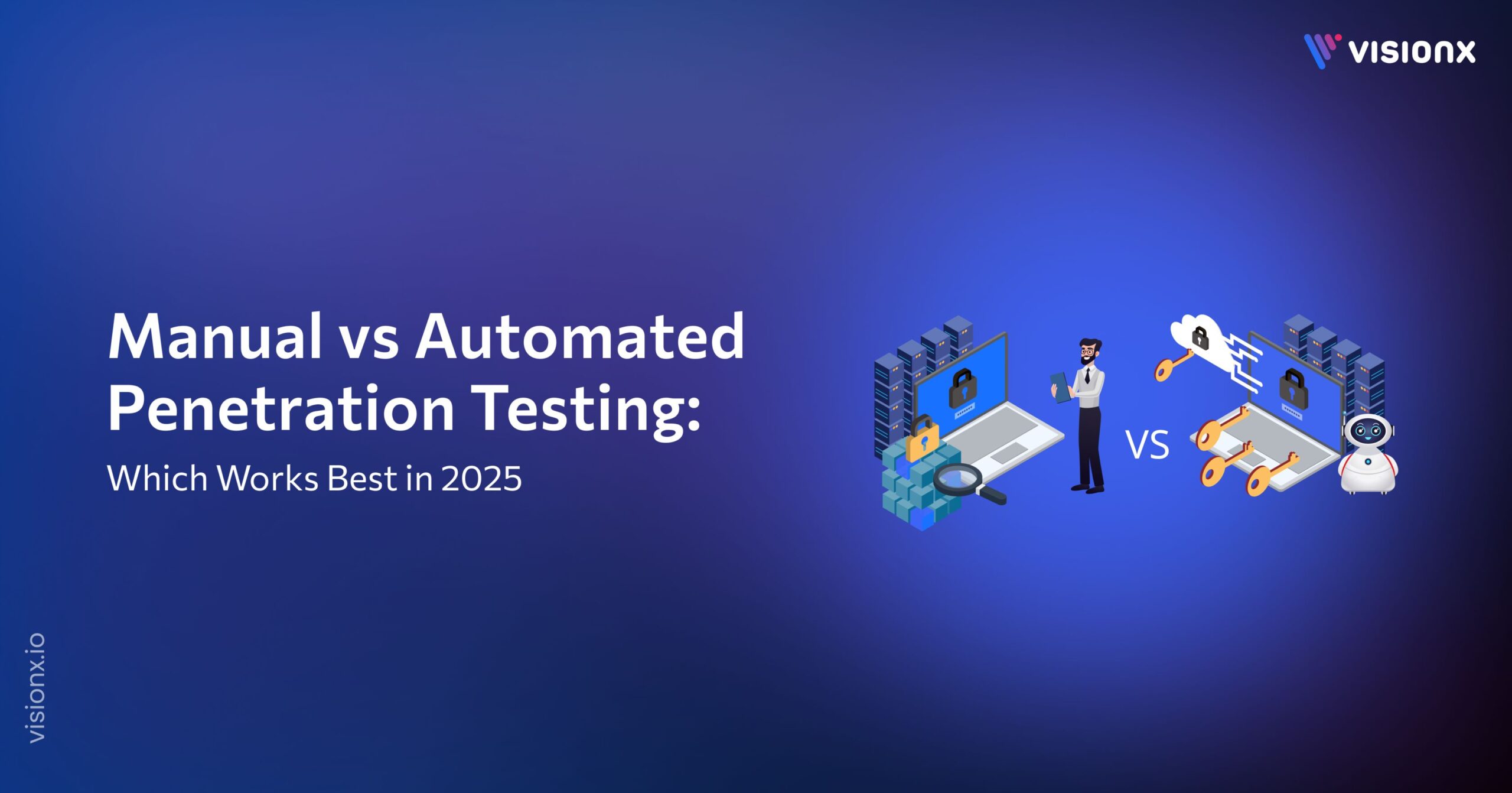With rapid digital advancement, organizations struggle to keep their applications up-to-date and working effectively. Application modernization is one fundamental strategy that allows organizations to update their legacy system, ensuring that they are fit for current and future purposes.
As per the latest study, the application modernization services market is expected to increase from USD 19.82 billion in 2024 to USD 39.62 billion in 2029. This projected growth underscores how critical it has become for organizations to modernize their applications in view of technological advances.
However, what is the strategy for the application modernization roadmap? This post will help you understand application modernization—its needs, benefits, techniques, and how to plan a winning strategy for its successful execution.
What does the application modernization mean?
Modernizing an application indicates updating or transformation of an application that is already in use to meet the current demands of the business and technology. For instance, this will include new code that replaces the existing one, transition of the application to the cloud network, or even design of the back-end architecture using microservices.
With this in mind, the goal is to introduce new features, increase performance, and be in tune with current IT infrastructure. In most cases, modernization processes for developing applications introduce new, emerging technologies, such as AI or machine learning, to create new capabilities.
Understanding application modernization roadmap
The application modernization roadmap outlines a plan to improve and update a company’s existing applications. This plan is designed to address current business needs and technological changes. The roadmap provides a high-level description of the actions that will be taken to achieve these goals.
This roadmap would help organizations transform their legacy systems into modern applications that would be efficient for growth and innovation. The roadmap includes a current state analysis of the applications, identifying modernization goals and tactics, and assessing the applications’ relevance to core business priorities. Additionally, it establishes a step-by-step schedule for the modernization activities.
They can effectively manage risks, allocate their resources efficiently, and be sure that modernization efforts bring the highest benefit with minimum disruption to ongoing operations by following a structured approach.
Why is it considered necessary?
The reasons why an application modernization roadmap is needed are;
- Adjusting to technological shifts: With technology, change is the only constant. The older systems become inefficient as sometimes they are not compatible with emerging technologies. A modernization roadmap helps organizations keep up with new technologies such as cloud computing, containerization, and microservices.
- Responsive business growth: As a business grows, so do its application requirements. The modernization roadmap ensures that the software infrastructure can keep pace with the business growth and support new services, features, or customer demands.
- Supporting the ongoing digitalization: Modern applications are an integral part of the modern journey undertaken by organizations in terms of digital transformation. They support automation, analytics of huge amounts of data, and improved customer experiences and are, therefore, a key to competitiveness in today’s market.
- Enhanced developer productivity: Modern development frameworks, tools, and architectures (for example, DevOps and microservices) enable developers to work effectively. A roadmap outlines how to transition to such environments, which in turn helps enhance productivity and innovation.
Advantages of Application Modernization Roadmap
There are numerous advantages to modernizing applications:
- Enhanced flexibility: Organizations can easily release new updates and features as quickly as they want, and this ensures that the organization reacts very fast toward changing market conditions.
- Better Performance A modern application performs better than an older one and, therefore, makes the users feel satisfied with the application.
- Cost Reduction: By optimizing processes and eliminating the need for costly maintenance of older systems, companies can realize significant savings.
- Better Security: Modern systems are advanced because of modern systems’ security frameworks that help minimize the threats of attack and other weaknesses.
Key Approaches to Modernizations
Some of the primary strategies for modernizing the application are as follows;
- Rehosting (“Lift and Shift”): Migrate a group of applications to a new environment, such as the cloud, with nearly zero changes in code.
- Replatforming: There is a slight change in the application for better performance after re-platforming on a new environment like cloud platforms.
- Refactoring: Modifying existing code and organizing it in a better way without altering the external behavior of the code, usually to achieve better scalability and easier maintenance.
- Rearchitecting: Building the application architecture from scratch, for example, migrating from a traditional architecture to a microservices architecture, ensuring faster and more flexible performance.
- Rebuilding: All old systems are scrapped, and new systems are contrived based on modern technology and systems, such as cloud-based development.
- Replacing: Completely phasing out the old application and introducing a new one.
Steps to Create Practical Application Modernization Roadmap
Here are the steps to follow in order to formulate a roadmap for the modernization of applications;
- Evaluate existing systems: Review the performance of the software systems in use to uncover challenges, performance shortcomings, and outdated elements.
- Establish business aims: Ensure that the modernization purposes are in tandem with business goals, e.g., enhancement of efficiency, decrease of costs, or increase of capacity.
- Rank order applications: Devise applications’ priority lists depending on their significance, level of complexity, and effect on business, where modernization efforts will be concentrated.
- Select modernization approaches: Choose the most suitable technique for each application, including but not limited to rehosting, refactoring, and rearchitecting.
- Plan resource allocation: Outline the necessary tools, technologies, and teams involved in the processes of modernization.
- Estimate the time schedule: Establish goals and deadlines to create reasonable time frames for every step of the modernization process.
- Apply and Validate: A component or system is first designed, followed by its implementation. The design and test process is then repeated.
- Control and Enhance: Once an application has been modernized, its functionality is not simply forgotten. Instead, it is constantly kept under review, updated, and enhanced as necessary to increase its operational efficiency and worth.
Modern Technologies for Application Modernization
The most advanced technologies in 2024 for modernizing applications are:
- Artificial Intelligence and Machine Learning (ML): Processes such as code analysis and performance enhancement can be done using AI and ML technologies while additionally providing insights concerning user behavior for personalization.
- Microservices Architecture: This strategy strives to split up the applications into smaller services that are independent of each other and can be built, deployed, and scaled without worrying about modifying the entire system.
- DevOps Practices: Increased collaboration between development and operations teams is obtained due to the focus on integration, which minimizes threats and improves the quality of software developed. This is achieved through automation and CI/CD processes.
- Cloud Computing: Due to the redundancy of on-premises applications, more workloads are being transferred to the cloud to utilize the benefits offered by cloud services and optimize application performance.
- Containers: The use of tools such as Docker and Kubernetes allows application developers to build an application with its libraries into a single container for easy deployment without changes in the different environments.
- Blockchain Technology: For applications where the level of security and transparency needs to be higher, a blockchain system in the backend for storing data, records, and transactions is possible.
How does VisionX help with the Application Modernization?
At VisionX, we’ve equipped ourselves with the right tools as we understand that modernizing your legacy applications is crucial to co-exist in this digital era. Our low-code app development strategy allows such a transition to happen efficiently by creating REST APIs and modern user interfaces and using existing data models.
We start by evaluating your present systems, establishing where you stand today and where you want to be in the future, and developing a step-by-step upgrade plan specifically for your business requirements. Our approach always aims to improve and scale your modernized applications whenever new technologies are introduced to the market.
Summary
Application modernization not only involves replacing outdated technology but has also become crucial for companies’ growth in this era, where the digital economy is taking root. It is possible to convert old-style rigid systems into an agile and effective solution that serves the needs of contemporary usage, provided that the right technologies are adopted and a well-defined plan of action consistent with the organization’s ambitions is followed.
This, in turn, contributes to the effectiveness of the operations and enables the business to maintain its competitiveness within the market. Moreover, applications that have undergone modernization allow businesses to adapt to changes much faster, deliver better customer satisfaction, and thrive in development and innovation.


